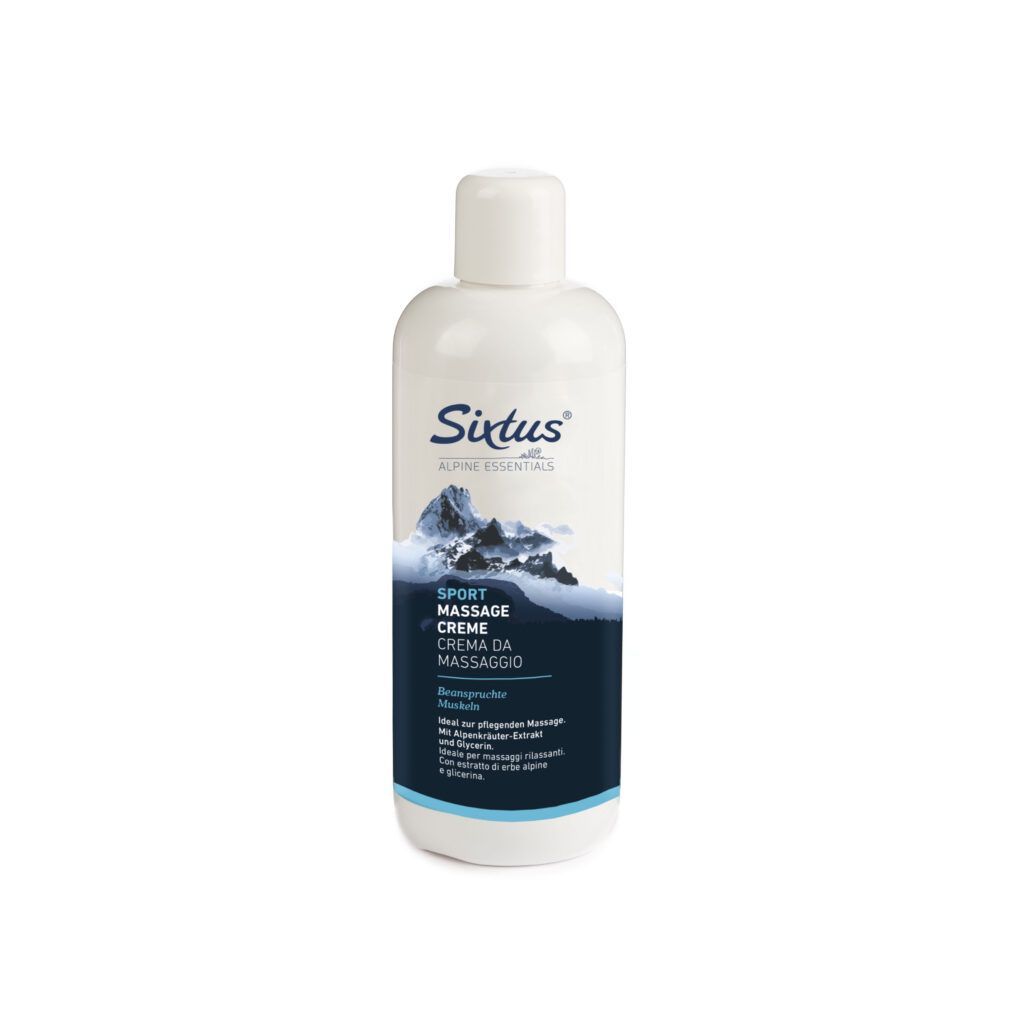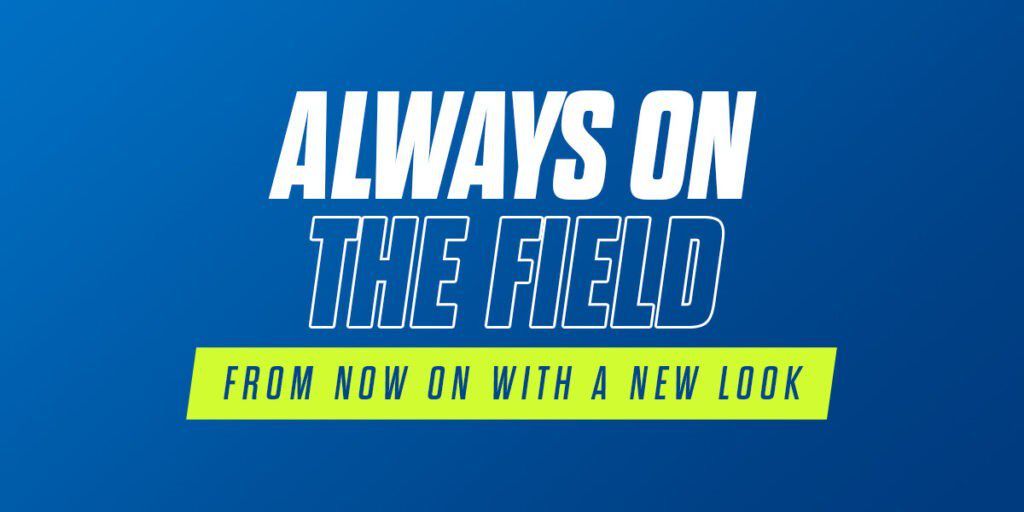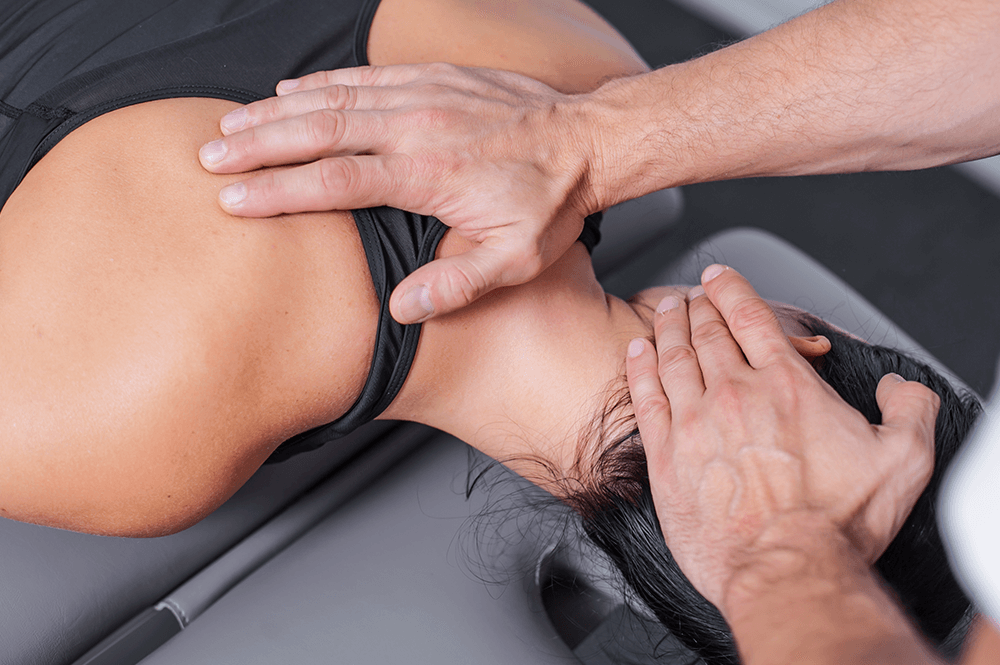Athletic preparation and recovery
Foam Roller: Exercises for Your Back and More

What is the foam roller used for?
Originally designed as a tool for massage and gentle exercises in injury recovery, the foam roller has since been incorporated into fitness routines for its benefits in muscle toning and flexibility. Whether used for stretching or exercises aimed at flexibility, integrating the workout with foam roller exercises ensures benefits for both the body and mind.Training with the foam roller
The Foam Roller is widely used in sports, bodyweight workouts, and Pilates classes. Exercises and massages with the foam roller offer a range of benefits, including improved muscle and joint mobility, balance, and body awareness. It is often used in stretching to lengthen muscles, but there are movements to be done on this particular cylinder that are useful as massages. Self-massages with the foam roller are useful for releasing muscle tension in the back, neck, shoulders, and contractures, and for reactivating circulation correctly. By rolling slowly over certain areas of the body, the cylinder applies pressure, acting on the muscles and circulation.Foam roller: exercises for the back
For the post-workout phase, it is advisable to include some recovery exercises and back stretching with the foam roller. One of the simplest and most functional exercises to follow is a small massage to be done along the entire back:- Lie on your back with your knees bent and place the roller behind your back, from side to side.
- Place your hands behind your head and start the slow movement of sliding along the entire back, from the lower to the upper part and vice versa.
- Lie on your back with your knees bent and place the roller along the entire spine, from the neck to the pelvis.
Foam roller: how to improve cellulite
The foam roller is not a magic cylinder, so it does not have the power to eliminate cellulite. However, by doing exercises on thighs and buttocks, through the pressure it exerts on the skin, it can improve circulation and, therefore, act on fluids and toxins. Together with consistent training, proper nutrition, massages, and a good dose of luck (genetically), areas affected by cellulite can improve.- Thigh exercise: sit on the floor and place the foam roller under one thigh. With the help of the body, move the thigh on the roller, massaging. Do the same thing on both thighs.
- Glute exercise: sit with your buttocks on the foam roller and stretch one leg while keeping the other bent. In this way, the body weight will be on the buttock of the extended leg. With your arms supported behind you, slide the buttock back and forth on the roller, massaging. Repeat with the other buttock.









